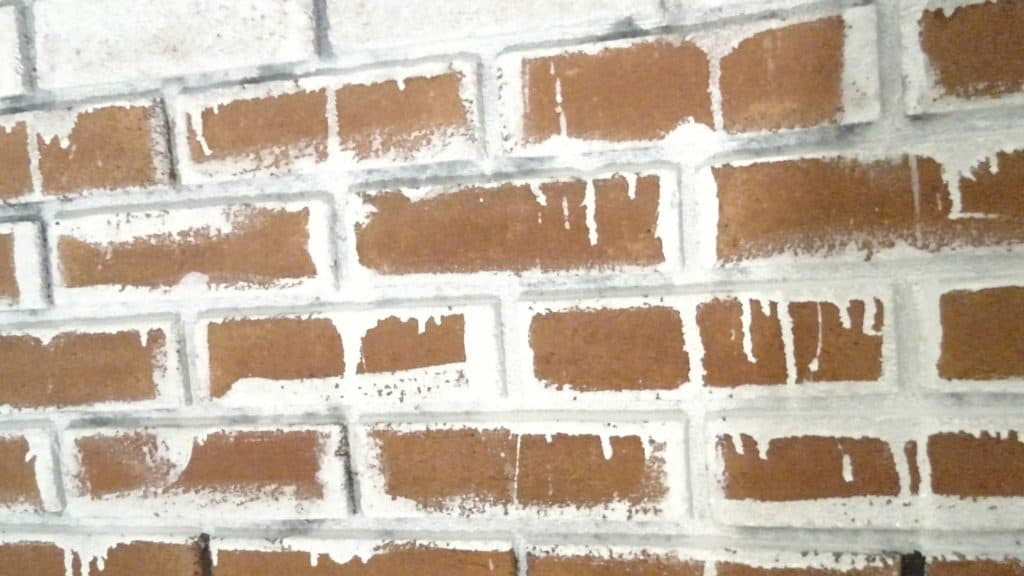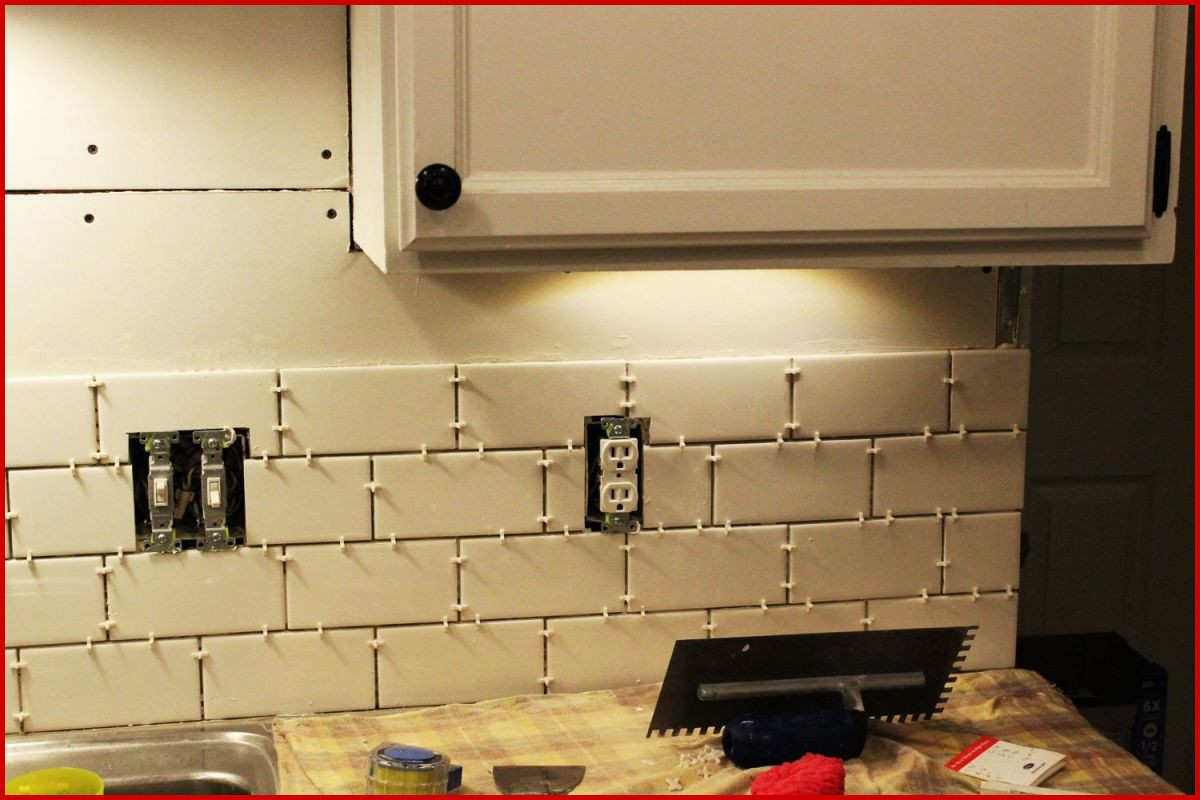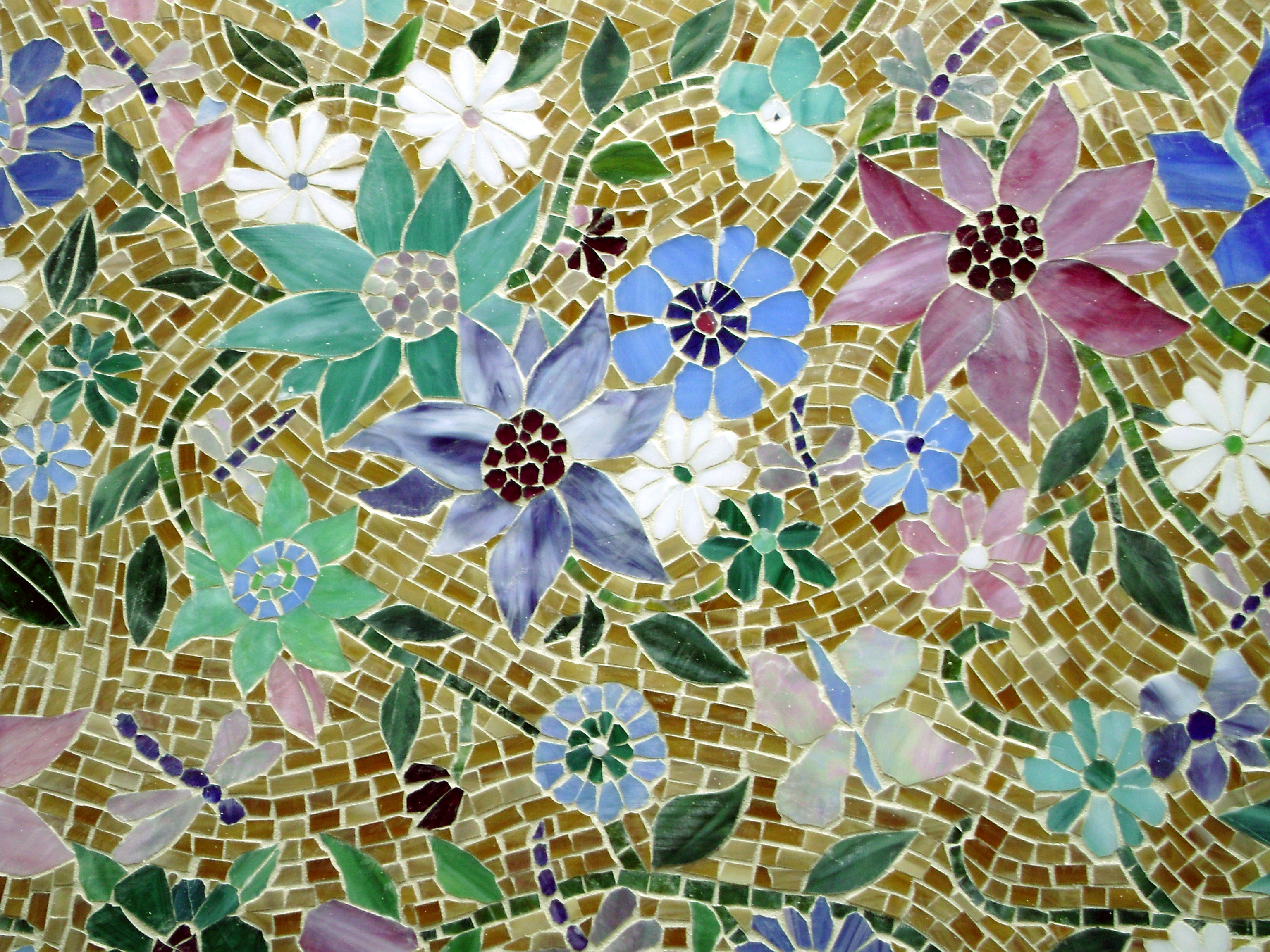Choosing the right grout for fireplace tiles requires balancing heat resistance with aesthetic appeal. Sanded grout works best for most installations, as its durability withstands temperature fluctuations around fireplaces. For joints wider than 1/8 inch, sanded varieties prevent cracking better than unsanded options. Cement-based grouts offer good heat tolerance but may require sealing to resist stains. Epoxy grouts provide superior durability and don’t need sealing, though their installation proves more challenging. Always check manufacturer specifications to ensure the product meets fireplace-specific heat requirements.

Heat-resistant additives improve standard grout’s performance in fireplace applications. Some products contain polymers that increase flexibility, preventing cracks from thermal expansion. Refractory grouts, designed for high-heat environments, withstand temperatures exceeding 2000°F near fireboxes. For gas fireplaces with less extreme heat, standard tile grout often suffices if properly sealed. Colored grouts can either blend with tiles for uniformity or contrast for definition. Lighter shades show less soot and ash residue in wood-burning fireplace applications.
Proper application techniques ensure long-lasting results in high-heat areas. Mix grout to a peanut butter consistency for optimal adhesion without being too runny. Work in small sections, pressing grout firmly into joints with a rubber float. Remove excess before it dries using a damp sponge at a 45-degree angle. For wood-burning fireplaces, wait until the off-season when temperatures stabilize for grouting. Maintain consistent joint depth and clean lines, especially around heat-producing areas. Proper technique prevents premature deterioration from thermal stress.

Maintenance preserves grout appearance and function near fireplaces. Annual resealing protects cement-based grouts from moisture and stains in high-heat zones. Use pH-neutral cleaners to avoid degrading grout over time. For wood-burning units, regular removal of ash and soot prevents discoloration. Epoxy grouts need less maintenance but may require special cleaners. Inspect grout lines annually for cracks or deterioration, repairing promptly. Proper care extends the life of fireplace grout while maintaining its visual appeal.

Color selection impacts both aesthetics and practicality in fireplace applications. Dark gray or brown grout hides soot well in wood-burning fireplaces. Lighter colors brighten the surround but show more residue. Matching grout to tile creates a seamless look, while contrasting colors highlight patterns. Consider heat-resistant pigments that won’t fade over time near high temperatures. Sample different grout colors with tile scraps before full installation. The right color choice complements your tile while accommodating the fireplace’s functional demands.
Tiling a fireplace surround from Thrifty Decor Chick

Removing Paint Spots from Black and Red Quarry Tiles in Knaresborough Tile Cleaners Tile

New Lizer Homestead: Interior work continues
Tiling a clean face fireplacehow to? – Ceramic Tile Advice Forums – John Bridge Ceramic Tile
$110 DIY Fireplace Makeover: How to Paint Tile Fireplace tile, Fireplace makeover, Fireplace

Pin by Jennifer Samuel on home for homies Kitchen remodel, Kitchen design, Kitchen

How to Remove Kitchen Backsplash Tiles – BELK Tile

Fireplace: TileFinallyTiled!

Floral Mosaic Kitchen Backsplash Designer Glass Mosaics

Related Posts: